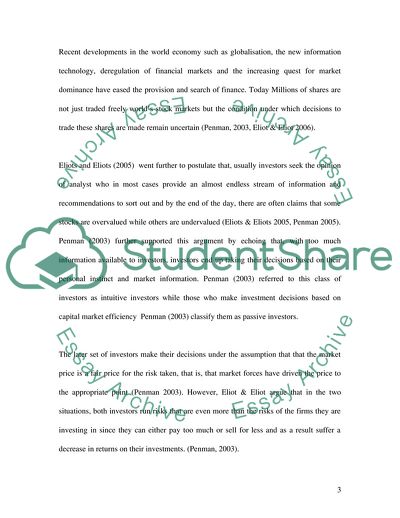Cite this document
(Long Term Solvency Ratios of Molson Coor Assignment, n.d.)
Long Term Solvency Ratios of Molson Coor Assignment. https://studentshare.org/finance-accounting/1717669-investment-analysis
Long Term Solvency Ratios of Molson Coor Assignment. https://studentshare.org/finance-accounting/1717669-investment-analysis
(Long Term Solvency Ratios of Molson Coor Assignment)
Long Term Solvency Ratios of Molson Coor Assignment. https://studentshare.org/finance-accounting/1717669-investment-analysis.
Long Term Solvency Ratios of Molson Coor Assignment. https://studentshare.org/finance-accounting/1717669-investment-analysis.
“Long Term Solvency Ratios of Molson Coor Assignment”. https://studentshare.org/finance-accounting/1717669-investment-analysis.


